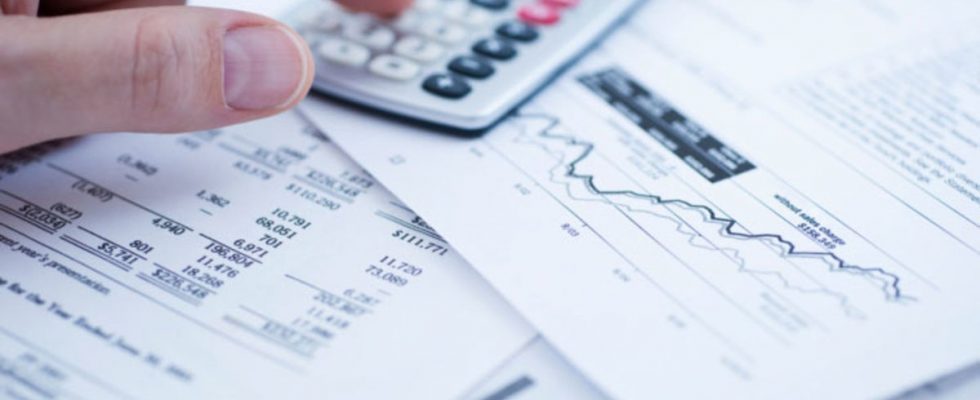R&D capital allowance explained
If your work involves scientific or technological research and development, the government offers you not only tax credits but also a capital allowance – whereby you can offset big purchases you’ve made for work on your corporation tax return.
It’s a generous allowance – you can offset 100 per cent of the cost – and you can make a claim alongside an application for research and development tax credits, as they are two distinct though related things. If you already know your work is eligible for tax credits, you should definitely also see if you can put in a claim for any capital spending on a project.
What qualifies as research and development?
The government wants to encourage innovation in science, technology, engineering and medicine, so it helps companies doing research and development in these areas by refunding some of their costs. It does this in two ways: through the research and development tax credits scheme, which helps with day to day costs like salaries and utility bills, and through the research and development capital allowance, which covers things you buy and keep.
For your work to be eligible, you should be seeking an advancement using scientific or technological means, and it must benefit the wider community or industry, not just your own business. Your project doesn’t actually have to be successful or make a profit to be eligible – it’s the attempt to make a discovery that matters.
What is capital spending?
Examples of capital spending could be:
- Equipment
- IT systems
- Property that you bought, built or extended (but not land)
- Fixtures or fittings
- Plant and machinery
- Company cars
The important thing is that you spent the money specifically for your research and development project. So building a laboratory for your research, or buying a car for someone to travel for the purposes of the research, would count. If research and development is your entire business, it’s possible that all your assets are used for research and development and therefore qualify.
If the item you bought is only partly used for research and development, then you can claim the corresponding proportion of the cost. So if 60 per cent of your new building is used in this way, you can claim 60 per cent of the cost. If the research facilities amount to more than three quarters of the cost of the whole building, the government will actually just let you claim for the whole thing.
There is no cap on the amount that you can claim for, though if you later sell or dispose of an asset, you may have to pay what’s called a balancing charge. As with research and development tax credits, you can claim up to two years after the end of the accounting period when you spent the money (so two years after the date when you filed your accounts). An r&d tax credits calculator can help you see how much you could be eligible for.

